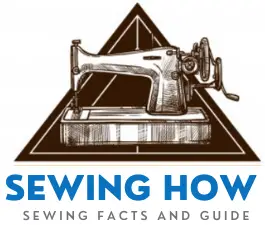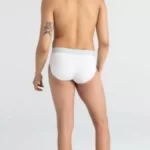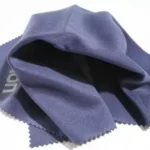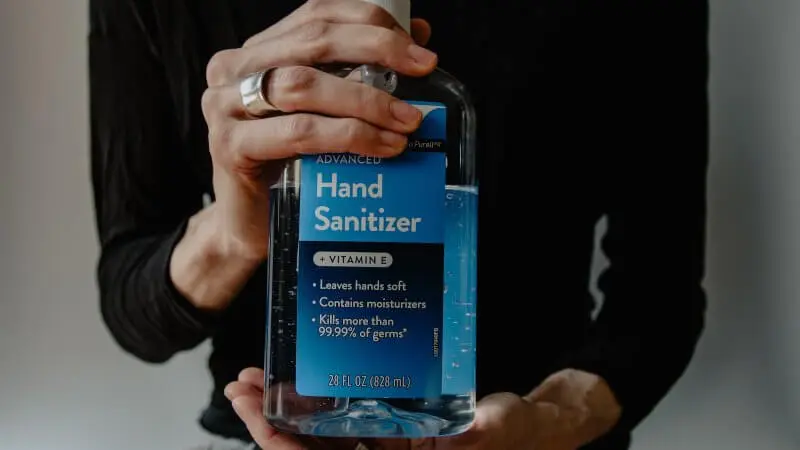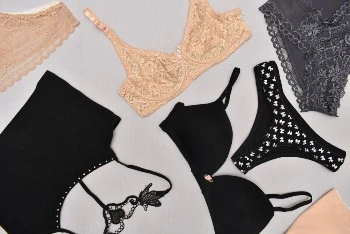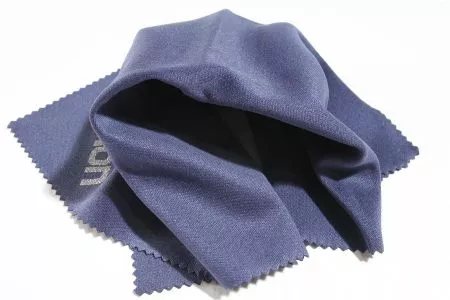Do you have lycra clothes, or are you considering buying lycra leggings? For the last few years, an increased percentage of clothes have been made of synthetic fabrics. Nylon, polyester, and lycra are some of the fabrics whose popularity has increased over the years. However, if you are not used to lycra, you could be wondering what the fabrics feel like.
Lycra has a soft, smooth rubber-like texture. However, the quality of lycra fabric determines the feel since low-quality lycra fabric can be somewhat scratchy and feel plasticky. On the other hand, high-quality lycra fabrics have a soft, smooth feel similar to silk.
This article discusses how lycra is made, what it feels like, its advantages and disadvantages, and how whether you should buy lycra garments.
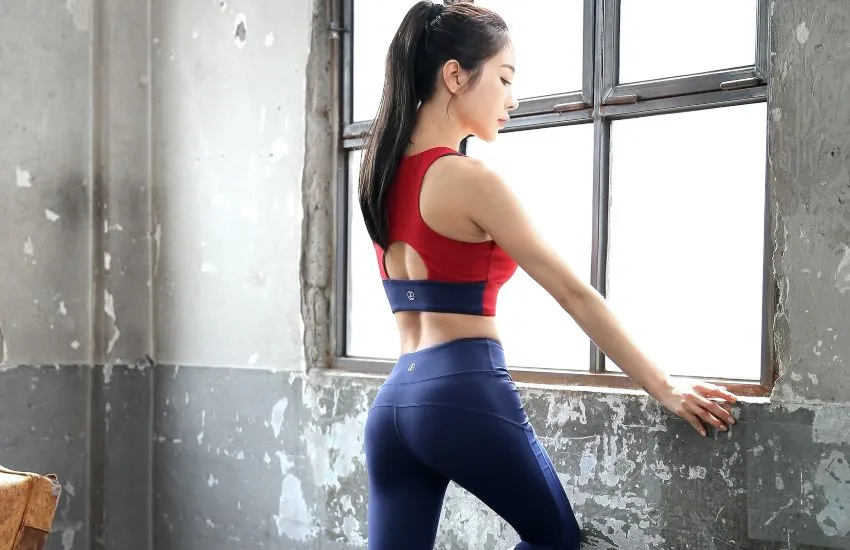
What Is Lycra
Lycra is a synthetic fabric also known as spandex and elastane. Despite lycra being a synthetic fabric, advancements in fabric manufacturing have made it possible for some types of lycra to look and feel as if they are natural fibers.
How Lycra Is Made
As a synthetic fabric, lycra is made from a manufacturing process.
To produce lycra, four different methods can be used. These methods are melt extrusion, reaction spinning, solution dry spinning, and solution wet spinning.
When using any of the four methods, a prepolymer has to first be made from the reaction of monomers. After that, the prepolymer reacts with any of the four methods highlighted earlier to produce lycra fibers.
To produce the prepolymer, macroglycol is mixed with diisocyanate polymer.
The ensuing prepolymer is then reacted with a diamine to give a spinning solution in a reaction referred to as a chain extension reaction.
The spinning solution is put into a cylindrical spinning cell to cure and transform into fibers. In the spinning cell, polymer solution and spinning gas are added, resulting in the liquid polymer reacting and forming the solid strands.
When the fibers come out of the cell, the solid strands are joined together to form a specific thickness. Every lycra fiber is made up of numerous tiny fibers that attach to one another due to the natural stickiness of the surface.
The ensuing lycra fibers are treated with a final coating such as magnesium stearate or a polymer. The coating averts the fibers from sticking to each other, thus helping produce lycra.
Finally, the lycra fibers are transferred to a large spool and shipped to different garment manufacturing factories.
Kinds Of Lycra Fabric
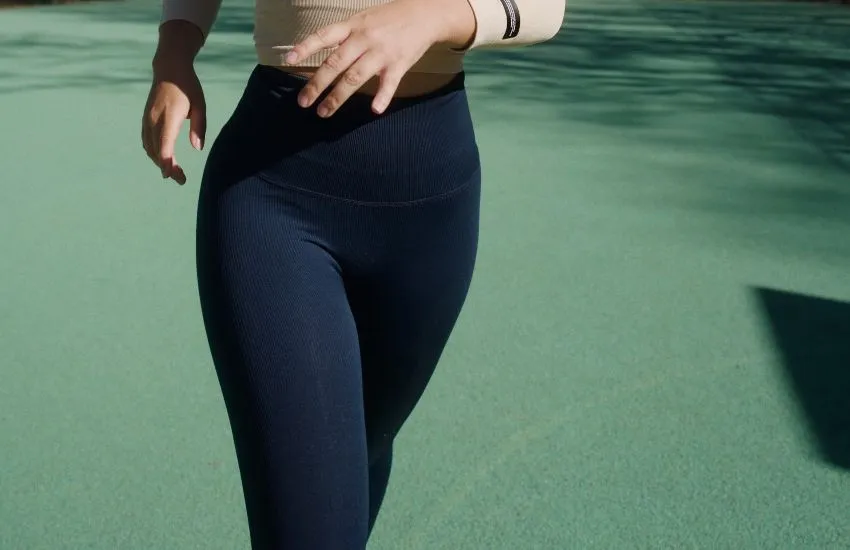
Even if lycra can be manufactured from four different processes, there is no difference between the fabrics produced from the processes. Thus, there is no difference between spandex, lycra, or elastane.
Lycra
Lycra is the most dependable and high-quality type of elastane fabric available in the market. Nevertheless, the elastane marketed as lycra is most of the times expensive than spandex or elastane.
Elastane
Elastane is similar to lycra. In Europe, the term elastane is used more than spandex or lycra.
Spandex
The term spandex is coined from the phrase ‘expands’ and is used to highlight the high elasticity/stretchability of the lycra fibers. Due to the simplicity of the phrase, ‘spandex,’ most garment manufacturers in the USA and other countries prefer to use the phrase instead of lycra or elastane.
Due to the high elasticity of lycra fibers, it is common for the fibers to be blended with other fabrics to make a lycra blend fabric.
Some of the standard lycra blends are cotton lycra, nylon lycra, polyester-lycra, and wool lycra.
What Is Lycra Fabric Used For?
Lycra is present in most garments. Indeed, even if your clothing tag shows the garment has elastane or spandex, that’s lycra.
Even if the manufacturing processes of lycra might have sounded complicated and expensive, lycra is cheaper than most natural fabrics.
Due to lycra’s affordability and other unique properties, such as the ability to stretch a lot with breaking, lycra fibers are used in different clothing. Presently, you will find lycra in different garments such as:
Many sports garments since it provides a perfect fit and does not ride up or down during the performance. Moreover, lycra’s superb stretchability implies that the fibers can stretch 4-way without being damaged.
T-shirts made from cotton lycra since its risk-resistant property makes the t-shirt and other tops shrink-free.
Hiking apparel, bike shorts, leggings, yoga pants, underwear, and socks due to stretchability and moister wicking properties.
What Does Lycra Feel Like?
If you have a lycra blend, the texture of the blend will be determined by the texture of lycra and the blend that it is blended with. In addition, the quality of the finishing in the lycra fabric will determine the texture of the lycra fabric.
A lycra fabric that has been poorly manufactured and has some residues of the chemicals used in the garment manufacturing process could be itchy. On the other hand, a high-quality lycra fabric will be smooth to touch.
However, in most cases, lycra fabric has the same features.
Softness
The softness of any fabric is usually determined by the structure of the fibers and the manufacturing process used to make the fabric. Lycra is a soft fabric, and with advancements in the fabric manufacturing process, lycra has been made to mimic the feel of silk.
Nevertheless, the process employed by garment manufacturers to transform lycra fabric into clothes can leave the lycra fabric rough, making the fabric feel rough once it comes into contact with the skin.
Nowadays, 100% lycra feels smooth. However, the fabric can at times be shiny and feel sticky.
Even though you cannot compare the softness of lycra to that of cotton, lycra is soft and comfortable to the skin. The lycra cotton blend has a very soft feel when blended with cotton.
Comfort
Different factors determine whether a garment is comfortable for you or not. For example, how the garment fits and how the fabric is used to make the lycra garment feels determines whether the fabric is comfortable or not.
For those only interested in the feel of lycra fabric, you might find it hot and clinging to the skin. That is because lycra fibers do not have pores that allow air circulation.
However, it can be pointed out that even if 100% lycra is not breathable, a lycra blend such as a lycra cotton blend is breathable. Thus, when lycra is blended with a breathable fabric, the lycra blend will be more comfortable than 100% lycra.
If you have sensitive skin, you might have some rashes when wearing clothes made of lycra. Indeed, it has been found that the chemicals used in the production of lycra are one of the reasons why Lululemon leggings made from lycra blends are itchy.
Due to its itchiness, some people prefer to avoid 100% lycra garments. On the other hand, some find lycra comfortable and ideal for their everyday wear.
Thickness
Lycra is a lightweight fabric. However, when it is blended with other fabrics, the thickness of the ensuing fabric is determined by the fabric lycra fibers are blended with.
For example, the lycra wool fabric is thick when blended with wool. On the other hand, when blended with polyester, which is lightweight, the lycra poly blend is thing and light.
What Does Lycra Look Like?
Different factors determine what lycra looks like. The fabric that lycra fibers are blended with, and the dyes used in the lycra fabrics determine the look of lycra fabrics.
Lycra can be hard to spot in plain sight since it can look like various types of fabrics. However, most form-fitting garments have lycra on them. Thus, when you see someone wearing form-fitting clothing, there is a high chance that the clothing has lycra on it.
100% Lycra Texture
Most people describe the texture of 100% spandex as smooth and slippery. Indeed, when fine lycra fibers are twisted into fragile threads and tightly woven, the ensuing fabric has a smooth-to-touch, soft, waxy feel.
As already pointed out, you can find 100% lycra garments and lycra blend fabrics. Even if breathability is a significant concern for 100% lycra garments, when lycra fibers are loosely woven, the lycra fabric has some breathability.
What Are The Advantages And Disadvantages Of Lycra
The major advantage of lycra is the stretchability, as the fibers can be stretched without breaking down. However, as a synthetic fabric, lycra has the disadvantage of being unsustainable. Let’s look at some advantages and disadvantages of lycra:
Versatile – Lycra is quite versatile hence the reason it is used in making different clothing products. Currently, lycra is used in sports bras, underwear, leggings, yoga pants, and bras.
Affordable – Synthetic fabrics are cheaper to produce than natural fabrics. Thus, due to the affordability of lycra, garment manufacturers use the fabric in making different garments.
Durability – Due to the structure of lycra fibers, the fabric lasts a long time. It is also resistant to wind, water, and mold.
Elasticity – Lycra is highly elastic. The fibers can be stretched and would not lose their shape. The elasticity of the fabric has made it a popular choice for blending fabrics as it makes the fabrics that are non-stretch have a stretch on them.
Moisture Wicking – Lycra is used in athletic wear and other form-fitting garments since it permits moisture to escape in the air instead of getting absorbing the moisture and making you wet like some natural fabrics such as cotton.
Breathability – Even if 100% lycra made from loosely woven lycra fibers is breathable, the breathability is still low compared to other breathable fabrics like cotton.
Is not sustainable – Lycra is not biodegradable. Thus, the fabric is bad for the environment as it does not decompose.
Is Lycra Clingy?
The majority of people consider lycra clingy. The clinginess is due to the fabric’s tendency towards static electricity.
When 100% lycra clothing is worn in a dry environment, the garment will collect an electrostatic charge as the garments’ surfaces rub against each other.
The static electricity makes the hair stick to the lycra garments resulting in the garment sticking to your skin. So how can you minimize static build-up in your garments?
The best way to minimize static build-up on your lycra garments is to air dry the clothes instead of drying them in the dryer. Moreover, you should also add a dryer sheet when washing your lycra garments.
Is Lycra Shiny?
Lycra often looks shiny. Lycra fibers have a luminous quality that permits light to pass through them, resulting in a shimmery gleam over the fabric.
The shiny, form-fitting aspects of lycra have made it a favorite with garment manufacturers as many people are on the lookout for garments that will make them stand out from the crowds.
Should You Purchase Lycra Garments?
To determine whether to buy lycra garments, you need to consider the qualities you want in the clothing item you are planning to buy.
For example, if you want to buy leggings, lycra cotton leggings might be the best option since they are lightweight, breathable, and form-fitting.
If you want to buy a hoodie to wear indoors, then a lycra hoodie might not be the best since you don’t need the hoodie to be wind and water-resistant.
You can check the manufacturer’s label to find out whether a garment has lycra in it or not. When checking the label, remember that lycra is also spandex or elastane.
Conclusion
By reading the article, you have understood how lycra is made, how it feels, and the pros and cons of the fabric. As with other synthetic fabrics, lycra is cheap and durable.
Have you bought any lycra garments in the past? The fabric is just unique. However, the main concern for this fabric is that it does not degrade and, as such not suitable for the environment.
